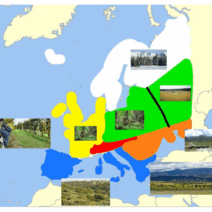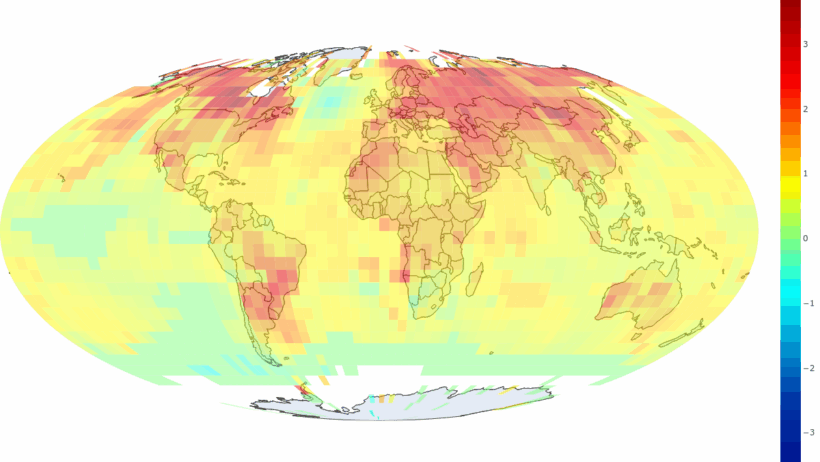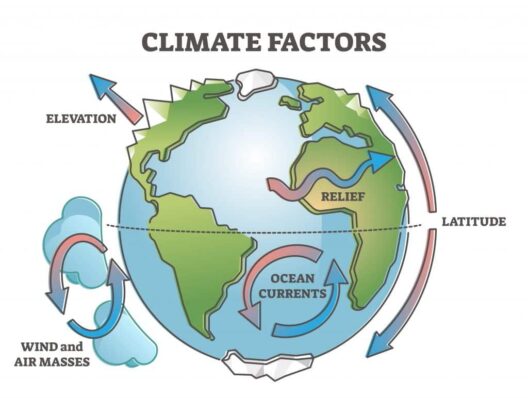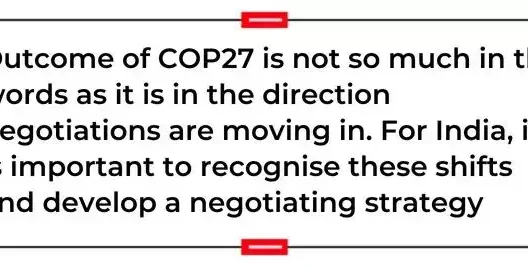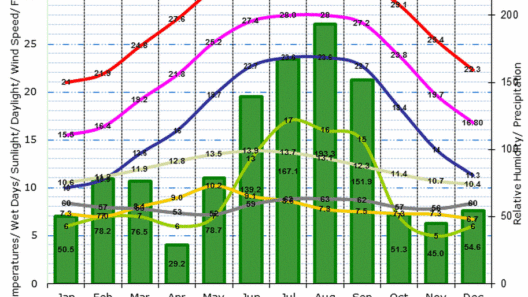Climate change looms over the world like a monumental specter, a creature both ghastly and majestic, and its effects are felt profoundly in the eloquent silence of our forests. Farming forests—a practice as ancient as civilization itself—holds the potential to be part of our salvation, yet it also risks exacerbating the very crises we seek to mend. As our planet heats, the verdant canopies of our forests transform from tranquil giants into precarious sentinels, bearing witness to the symbiotic interplay of agriculture, forestry, and the emerging climate crisis.
To understand the future of our environment, one must first appreciate the intricate tapestry of life that forests weave. They function as the lungs of our planet and act as carbon sinks, capturing and storing carbon dioxide while releasing the oxygen vital for life. However, deforestation and unsustainable farming practices threaten to unravel this delicate balance, depositing more carbon into the atmosphere and augmenting global warming. According to current assessments, the alarming variations in temperature can be acutely linked to agricultural practices that disrupt these natural ecosystems.
As we tread deeper into an era marked by anthropogenic influence, we must ponder: how are we really warming our planet? The metaphor of the “boiling frog” serves here as a poignant reminder—if we do not recognize the gradual change in temperature, we risk a fate of irreversible consequences. Small shifts in climate and temperature significantly impact agricultural productivity and forest health, leading to a cascading effect on biodiversity and soil integrity. Foregone are the days when we could act without urgency; the time has come for astute remedies.
Furthermore, as farming encroaches on forested areas, it creates a paradox; we cultivate food to sustain human life while simultaneously undermining the very ecosystems that can nourish us. The allure of agribusiness often blinds stakeholders to the intricate relationships between various flora and fauna that inhabit these regions. One only needs to consider the sudden demise of bee populations or the decline of pollinators to grasp the interconnectedness of ecological health and agricultural success. Without pollinators, our crops falter; without forests, pollinators dwindle.
The concept of agroforestry emerges as an enlightened path forward in this complex web. Envision a landscape where crops intermingle harmoniously with trees—a vibrant blend that produces sustenance while preserving vital ecosystems. This harmonious relationship fosters biodiversity and aids in nutrient cycling, mitigating soil erosion and enhancing water retention. In a world that finds itself craving solutions to climate change, agroforestry illustrates a unique appeal, ripe with potential. Imagine a future where farmers become stewards of forests rather than destroyers, where belts of trees serve as shields against climate extremes.
Yet, passion alone is not enough; transformative policy and protective legislation are paramount to realize this vision. Governments and international bodies must engage in dynamic dialogues, forging alliances that prioritize sustainability over short-term gains. Monetizing natural capital—quantifying the value of ecosystem services—can catalyze this shift, uniting economic incentives with ecological health. Investing in forest conservation and sustainable agricultural methods is not merely a moral obligation, but a wise economic strategy for more resilient futures.
Education plays an indispensable role in this narrative—a conduit through which awareness can spread like roots of an ancient redwood through rich soil. It is imperative to disseminate knowledge about forest ecosystems, the impacts of climate change, and sustainable practices among communities, farmers, and policymakers alike. The future hinges on our ability to awaken consciousness about our environmental stewardship responsibilities. Schoolchildren, who someday will inherit this planet, deserve curricula that illuminate the synergistic relationship between forestry and agriculture. They are not just the farmers of tomorrow; they are also the forests’ protectors.
Implementing practices that prioritize biodiversity can mitigate the ripple effects of climate change. The chimeric relationship between forestry and agriculture needs to be cultivated thoughtfully—returning nutrients to the soil, enhancing diversely planted crops, and allowing for wildlife corridors. Ultimately, these approaches may lead to increased resilience against pests and diseases, which often proliferate under climate stressors. The life of a farm may soon be intertwined with that of the forest, living in tandem rather than conflict.
The vivid imagery of new seedlings sprouting through the remnants of a once-thriving forest is a metaphor for hope. Icons of sustainability and custodianship, young farms may arise, guided by a creed that acknowledges the roots of their existence—the forest. They exist on the precipice of a momentous decision: to either exploit or regenerate. The choice is monumental, imbued with the potency to redefine the course of climate action.
Thus, we arrive at a pivotal crossroads. The specter of climate change cannot be banished by singular solutions; it requires resolute coalitions between forest farmers, policymakers, and communities. The juxtaposition of farming practices and forest preservation is not just a challenge; it is an opportunity. As we delve deeper into this interconnected web, we begin to comprehend that our fates are inextricably linked. With our forests at stake, we must ask not only how we are heating the planet but also how we can cool its fervent ardor. Our future depends on this collective awakening—an invigorating call to action for generations to come.
